Indian Dance Forms
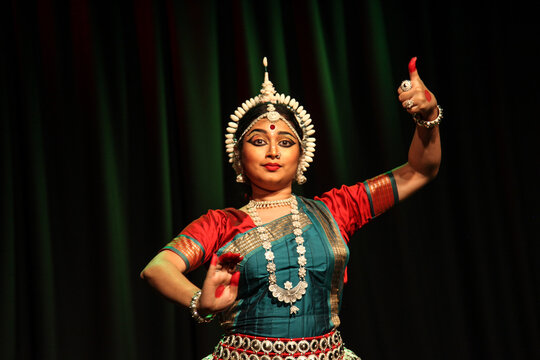

India is home to a rich legacy of performing arts, with Indian dance forms being a vibrant expression of its cultural, spiritual, and regional diversity. These dance styles blend storytelling, music, rhythm, and movement. From classical Indian dance forms like Bharatanatyam, Odissi, and Kathak to folk styles such as Bhangra, Garba, and Ghoomar, each form is deeply rooted in tradition and history. Whether performed in temples, festivals, or theaters, Indian dance forms showcase the country’s artistic soul. They not only entertain but also preserve ancient stories and values.
Wiki Link: Dance forms of India
Bharatanatyam
Temple-origin graceful storytelling

Origin: Tamil Nadu
Bharatanatyam is one of the oldest classical dance forms of India, known for its fixed upper torso, bent legs, and intricate footwork. Rooted in temples, it was originally performed as an offering to the deities. The dance combines expressions (abhinaya), hand gestures (mudras), and rhythmic movements.
It depicts stories from Hindu epics like the Ramayana and Mahabharata. Costumes are traditional silk with temple jewelry and expressive makeup. Today, it is performed worldwide on both spiritual and cultural platforms.
Kathak
Spins, rhythm, court elegance
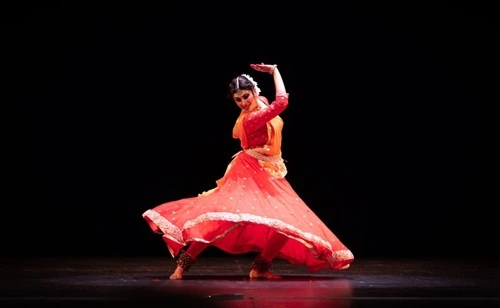
Origin: Uttar Pradesh
Kathak is a classical dance form that evolved in the royal courts of North India, blending Persian influence with Hindu storytelling traditions. Known for its fast footwork, graceful spins, and expressive storytelling, Kathak often narrates mythological tales.
Dancers wear ankle bells (ghungroos) to emphasize rhythmic precision. Music typically includes tabla and harmonium. It balances both devotion and elegance, often performed in temples and theaters alike.
Odissi
lowing temple dance poetry
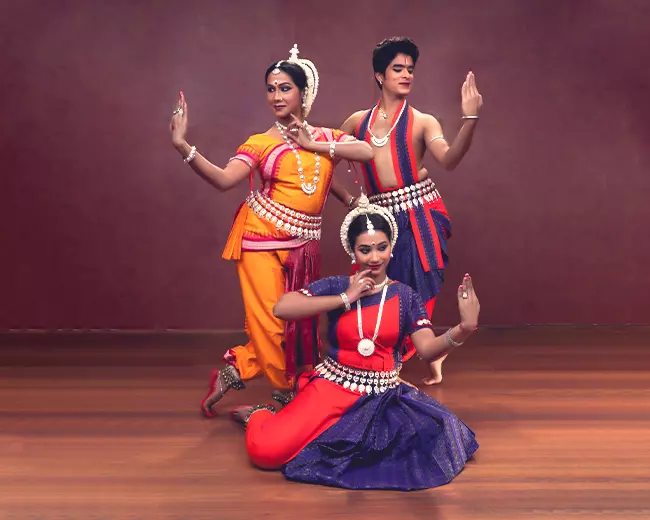
Origin: Odisha
Odissi is a sensuous and graceful classical dance style that traces back to temple rituals in Odisha. It’s known for its fluid torso movements, detailed hand gestures, and devotional expressions. Dancers portray stories of Lord Jagannath and Lord Krishna.
The dance form is distinguished by the tribhangi posture and silver jewelry. Odissi performances are deeply spiritual, with music based on Odia classical ragas.
Kuchipudi
Dramatic devotional stage art
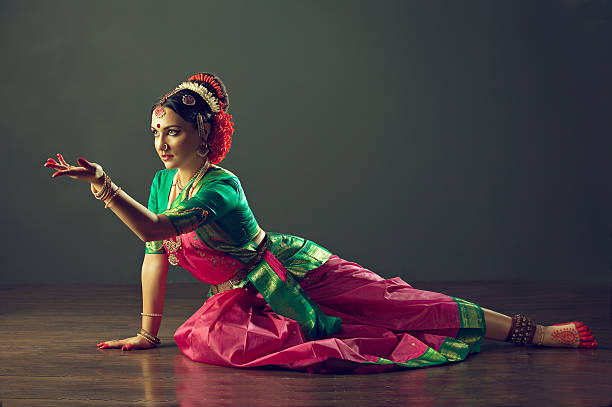
Origin: Andhra Pradesh
Kuchipudi is a classical dance-drama tradition, blending speech, acting, and rhythmic dance. It often starts with a ritual prayer followed by narrative performances of Hindu mythological themes. Known for graceful footwork and dramatic expression, it includes unique elements like dancing on a brass plate.
Dancers wear traditional attire similar to Bharatanatyam but with regional variations. It originated in temples and later moved to stage performances.
Kathakali
Mythological theatre in makeup
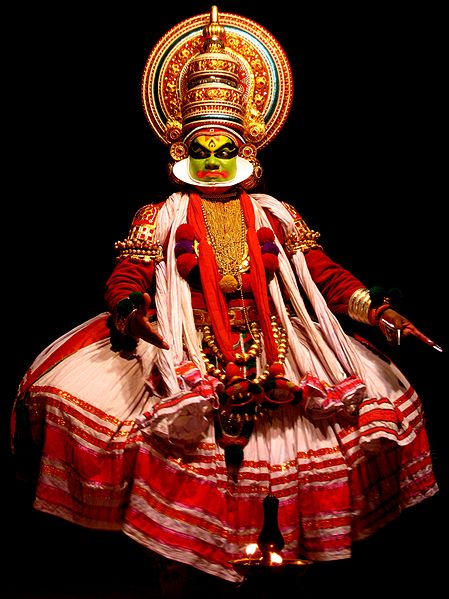
Origin: Kerala
Kathakali is a dramatic and visually striking classical dance-drama that involves elaborate costumes, detailed facial makeup, and intense expressions. It tells stories from epics like the Mahabharata through gestures and facial movements rather than spoken words.
Dancers train in facial muscle control and martial arts. Performances are often accompanied by live music and take place over several hours, sometimes all night. It is one of Kerala’s most iconic cultural symbols.
Mohiniyattam
Feminine grace, divine charm
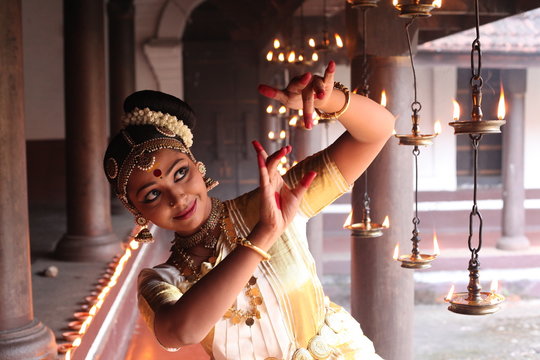
Origin: Kerala
Mohiniyattam, meaning “dance of the enchantress,” is a graceful classical dance performed by women. Known for its soft, swaying movements and elegant white costume with gold borders, it represents feminine beauty and devotion. The themes are mostly centered around love and devotion to Lord Vishnu.
The dance combines elements of Bharatanatyam and Kerala’s regional folk traditions. It’s typically performed solo and exudes a slow, lyrical quality.
Manipuri
Soft devotional circular motion
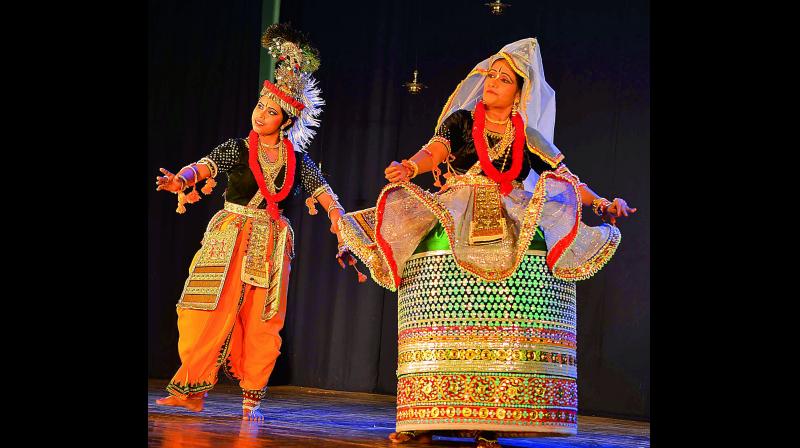
Origin: Manipur
Manipuri is a gentle and devotional classical dance form from the North-East. It is known for fluid movements, soft footwork, and serene expressions. Dancers wear elaborate traditional attire, especially in the Ras Leela performances depicting Radha and Krishna.
It is deeply rooted in Vaishnavism and is usually performed in temples. The dance avoids sharp gestures and instead flows with grace and spirituality.
Sattriya
Monastic storytelling spiritual art
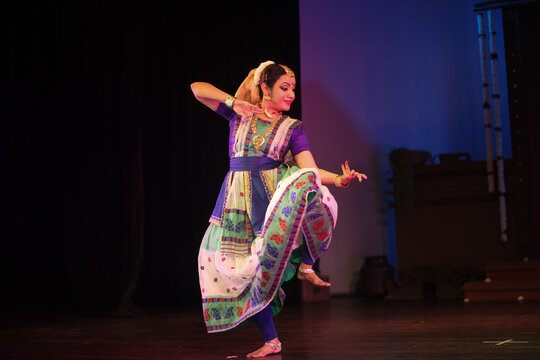
Origin: Assam
Sattriya was introduced by the saint-scholar Sankardeva in Assam and was originally performed in monasteries called ‘sattras’. It combines storytelling, devotion, and classical movement. The dance is performed by both men and women and portrays episodes from Krishna’s life.
Costumes are colorful, with Assamese silk and traditional jewelry. Music is devotional and uses classical instruments like khol and flute. It is one of the eight officially recognized classical dances of India.
Garba
Circular festive devotional rhythm
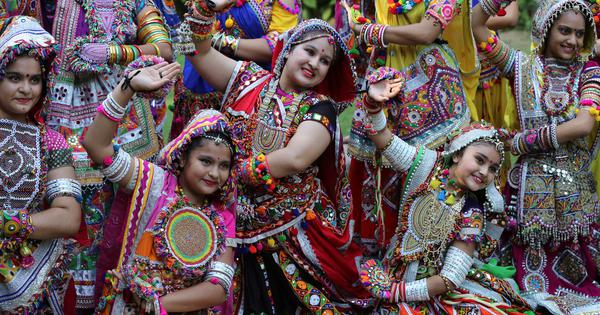
Origin: Gujarat
Garba is a vibrant folk dance performed during Navratri in Gujarat, usually in circles around a lamp or an idol of the goddess. It symbolizes the cycle of life and celebration of feminine divinity. Dancers wear colorful, mirror-embroidered traditional attire and perform rhythmic steps in sync with the dhol and folk songs.
It is an expression of community, joy, and devotion, drawing people from all age groups and backgrounds.
Bhangra
Energetic harvest celebration dance

Origin: Punjab
Bhangra is an energetic and joyful folk dance that originated as a celebration of the harvest season in Punjab. It involves powerful footwork, jumps, and coordinated hand movements.
Dancers wear vibrant traditional costumes and perform to the beat of the dhol drum. Today, Bhangra is popular worldwide and often fused with modern music styles. It represents the exuberant spirit of Punjabi culture.
Ghoomar
Twirling royal Rajasthani tradition
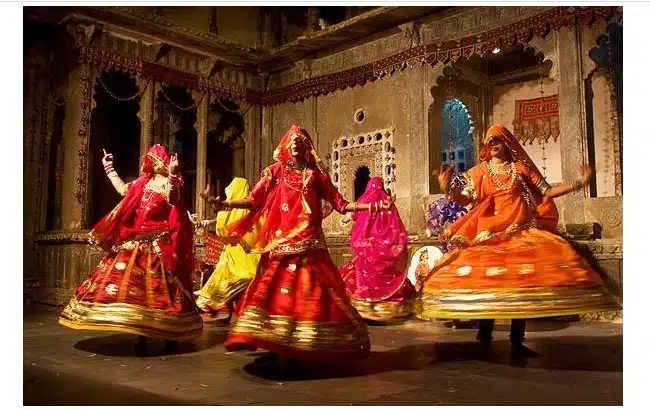
Origin: Rajasthan
Ghoomar is a traditional Rajasthani dance performed by women, known for its graceful pirouettes and swirling ghagras (skirts). The dance is usually performed during festivals and weddings, accompanied by folk songs and clapping.
It celebrates womanhood, tradition, and regional pride. The elegance and rhythm of the performers make it a visually stunning dance. Ghoomar is deeply woven into the cultural fabric of Rajasthan.
Lavani
Expressive bold stage storytelling
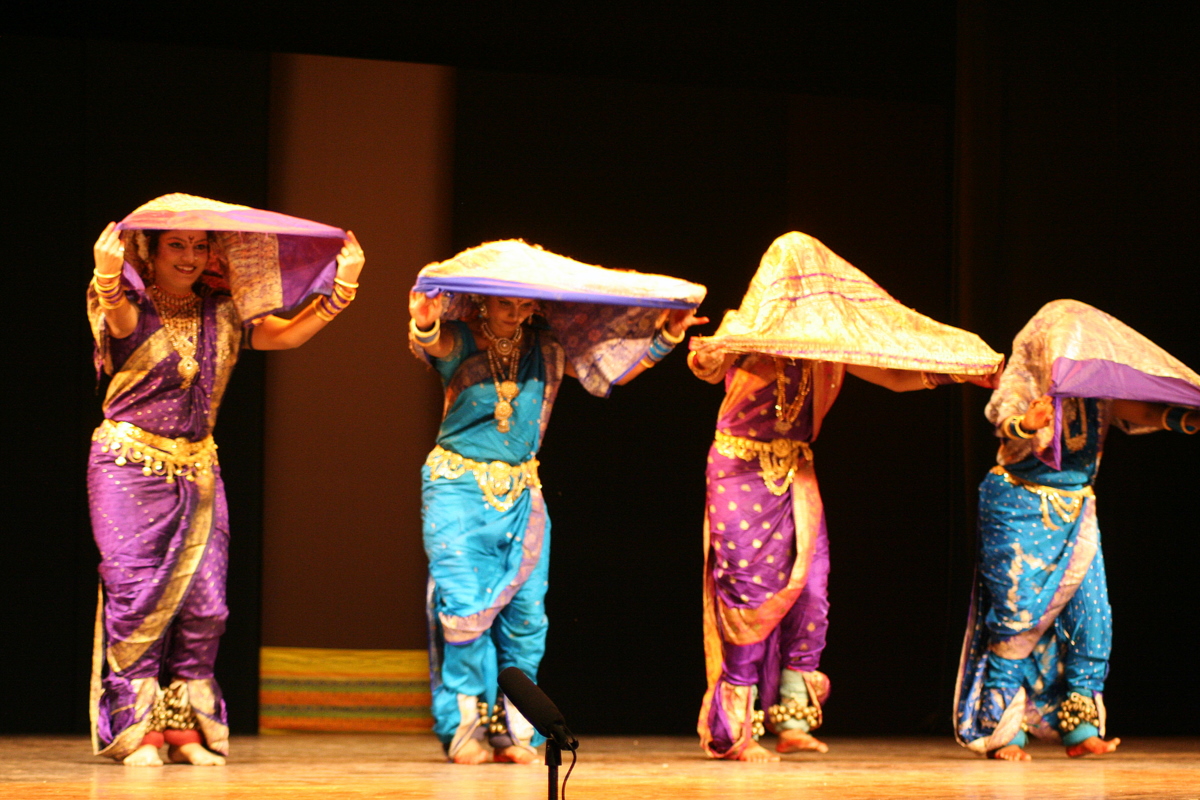
Origin: Maharashtra
Lavani is a bold and expressive folk dance known for its powerful rhythm and dramatic storytelling. Performed by women in traditional nine-yard sarees, it combines song, dance, and expressive eye movements.
The themes range from romantic to socio-political, often performed on stage or during cultural festivals. The music is fast-paced and backed by instruments like the dholki. Lavani plays a major role in Marathi theater and cultural identity.
Chhau
Masked martial mythic movement
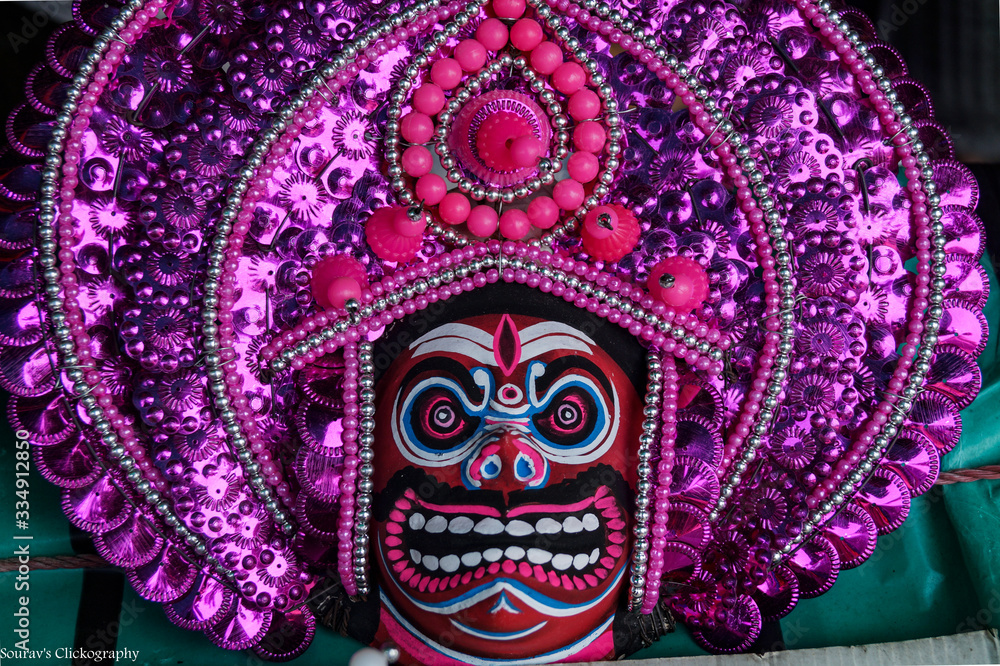
Origin: Odisha, Jharkhand, West Bengal
Chhau is a masked dance form that blends martial arts, storytelling, and classical music. Dancers wear elaborate masks and perform battle sequences, mythological stories, and nature-inspired acts. It is known for its powerful leaps, acrobatics, and symbolic choreography.
The three main styles are Mayurbhanj (Odisha), Seraikella (Jharkhand), and Purulia (West Bengal). The dance is usually performed during festivals and community gatherings.
Yakshagana
Epic tales with drama
Origin: Karnataka
Yakshagana is a traditional dance-drama from coastal Karnataka that combines music, dance, and elaborate costumes. It portrays stories from epics like the Ramayana and Mahabharata. Performances often last through the night and are rich in dialogue, facial expression, and colorful attire.
Artists wear headgear and face paint, making it both a theatrical and visual experience. The rhythmic beats of chenda and maddale bring the scenes to life.
Dollu Kunitha
Powerful drum-based devotion

Origin: Karnataka
Dollu Kunitha is a vigorous drum dance performed by men from the Kuruba community of Karnataka. Dancers wear traditional attire and large drums, which they play while performing synchronized steps. It’s usually performed during temple festivals and community events.
The high-energy beats and circular formations are visually captivating. It reflects both the martial spirit and devotion of the region.
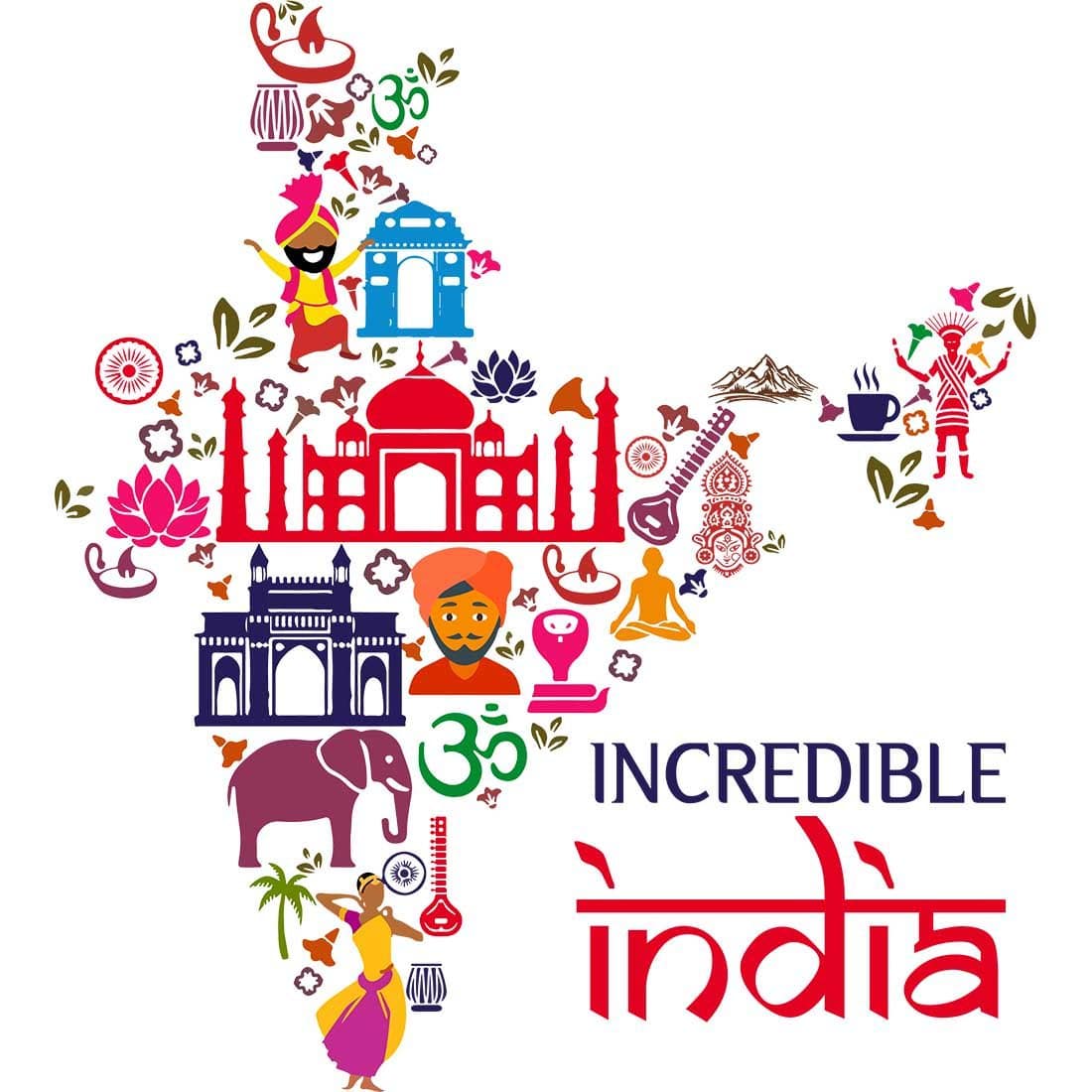
Andhra Pradesh Blogs
- Andhra Pradesh Cultural guide
- Places to visit in Andhra Pradesh
- Places to visit in Andhra Pradesh
- India’s most popular destination
- India’s archaeological marvels
